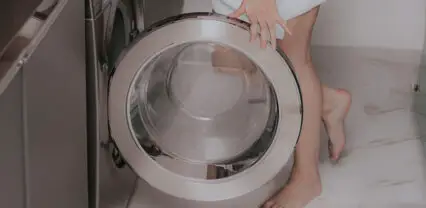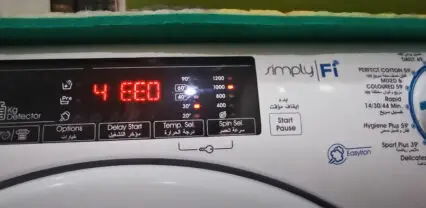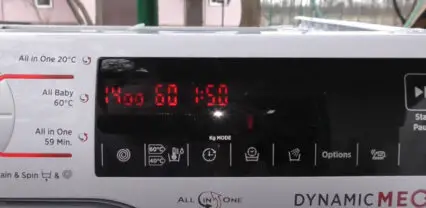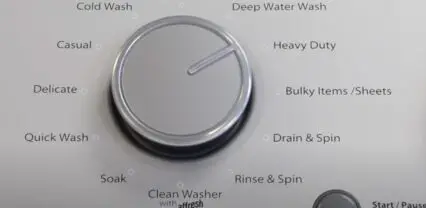Playing with LEGO is usually a dream of every child. The child used to play with them off and on. In addition to playing with toys, cleaning, and sanitizing them is of double importance. To ensure good hygiene they must be sanitized in home, daycare, or nursery setting because toys are subjected to germs and dirt of the environment. The child used to spread them on the floor, and play with other kids and then put them together in a container after playing that increases the risk of germs.
Cleaning of hands is not enough for hygiene. So the Legos should be sanitized regularly. Disinfect Legos to ensure the good health of your child.
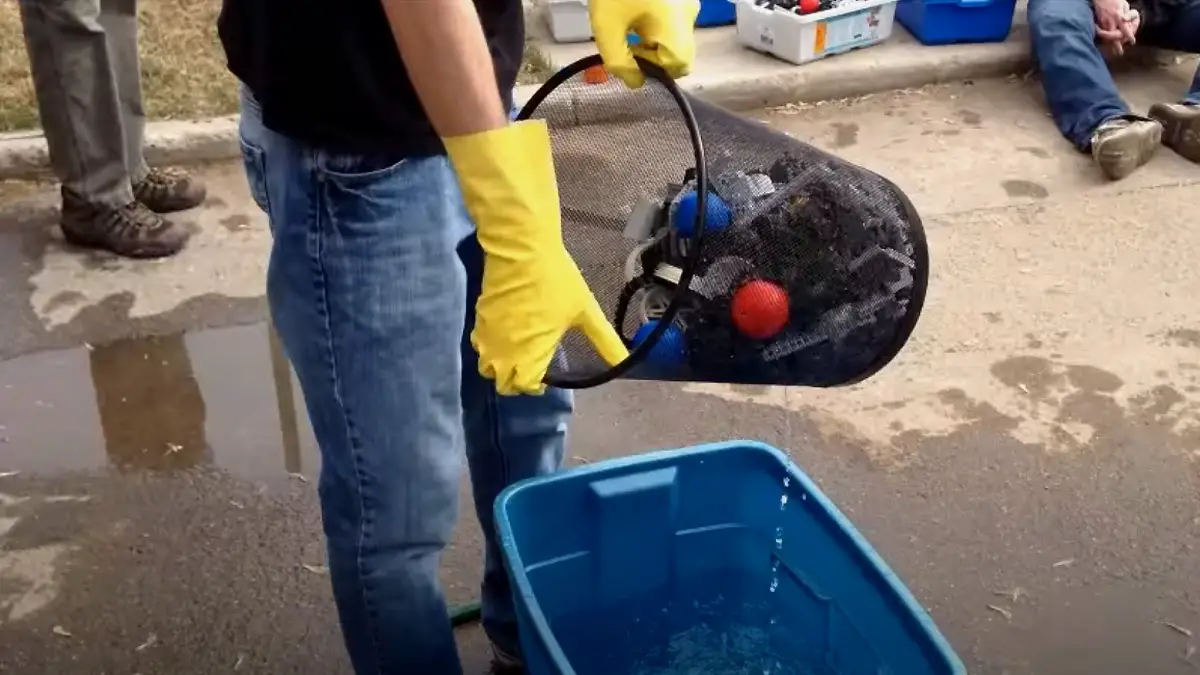
I have researched many unique methods to sanitize and clean your Legos under this article that will help you adopt these methods and make your Legos neat and clean and germs free.
Best Ways To Sanitize Legos :
Ingredients:
- Bucket
- Detergents
- Water
- Towel
- Brush
Step 1: Separate the parts of Legos from each other so that each piece can be disinfected properly with your satisfaction.
Step 2: Fill a bucket with enough water to immerse Legos in it. Use warm water but make sure that the temperature of the water should be lower than 104 degrees Fahrenheit. It will protect the parts from damage.
Step 3: Now add 1 tbsp. of mild bleach and leave the Legos for 10-20 min in it. You can use a soft brush to clean and remove the dirt from Legos. Dish detergents or clothes detergents can also be used.
Another easy way to sanitize your Legos is to add vinegar ( 1\4 cup) to every cup of water
Step 4: Rinse the Legos pieces with cold water to remove the chemicals and let it dry.
Drying:
- Set them to dry by themselves with time
- Dry one by one
- Lay them out in a towel in front of the fan
Remove Scuffs:
If you find any small scuff marks on your Legos you can use Mr. Clean Magic Eraser. Try to use it softly otherwise, it will leave scratches.
Method 1: Sanitize legos by hand
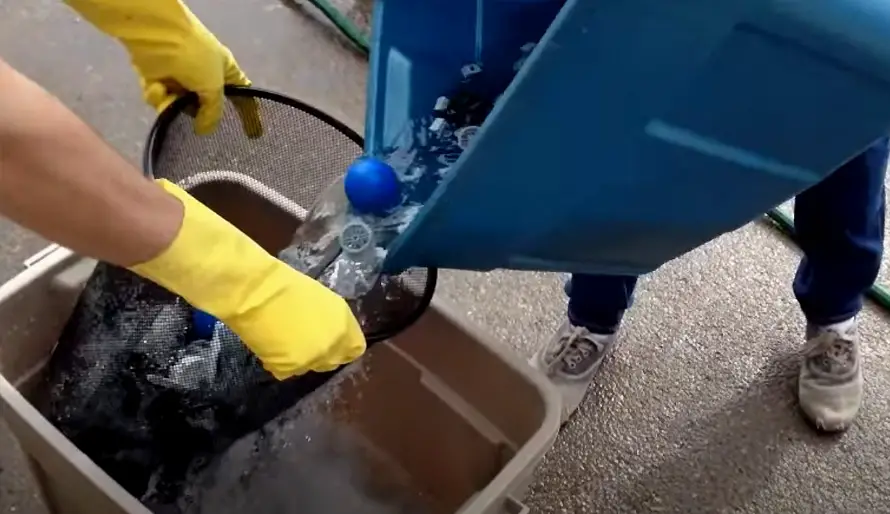
How to sanitize Legos with vinegar
Total Time: 25 minutes
-
Scrub water-sensitive parts with dry towel or toothbrush
First of all separate those parts which have stickers or patterns on it . Such parts should be sanitized with towel or soft toothbrush.
Delicate electrical parts should be cleaned with alcohol wipe.
-
Separate remaining parts
Separate the non-water-sensitive parts from each other.
-
Agitate in soapy water
Place the separated parts in a container containing lukewarm water. Add little dish soap or any mild detergent. Agitate them gently, stir them with your hands.
Precautions :
Cleaning product should not contain bleach as it will damage the color of the Legos
Temperature of water should not be greater than 104 degree Fahrenheit ( 40˚ C ) -
Use of vinegar
If there is a smell developed in Legos and you want to sanitize your Legos in a better way then you can add white vinegar as well.
-
Let the pieces soaked
Let the Legos pieces soaked in water for 10 minutes. After that if the water is still murky then replace it with fresh water and now leave for hour for proper Sanitization of your Legos.
-
Scrub the pieces
If there is stuck grime on the pieces of your Legos you should scrub them with toothbrush, toothpick to clean the cervices properly.
-
Rinse the pieces
Transfer the pieces to a container to rinse them with cold water to remove the chemicals and loosen grime.
-
Drying of Legos
You can use spinner optionally to remove the maximum water and then spread the Legos pieces on a dry towel. Use of fan or blowing can speed up the drying process of your Legos pieces.
Precaution :
Neve dry your Legos pieces in the oven
Don’t use a hair dryer for drying purpose, it will damage them
Use this method to minimize damage: If the Legos have little dirt and dust then this method can be used as it is time-consuming. For your favorite and precious ones, you can adopt this method of sanitizing and safe from damage.
Method 2: Use of washing machine to sanitize legos
Follow the instructions on your own risk
Usually, Legos customer service warns against using a washing machine for sanitizing Legos as it can damage the Legos by heat, tumbling. This method is risky and I will not recommend you to adopt this method to sanitize and disinfect Legos.
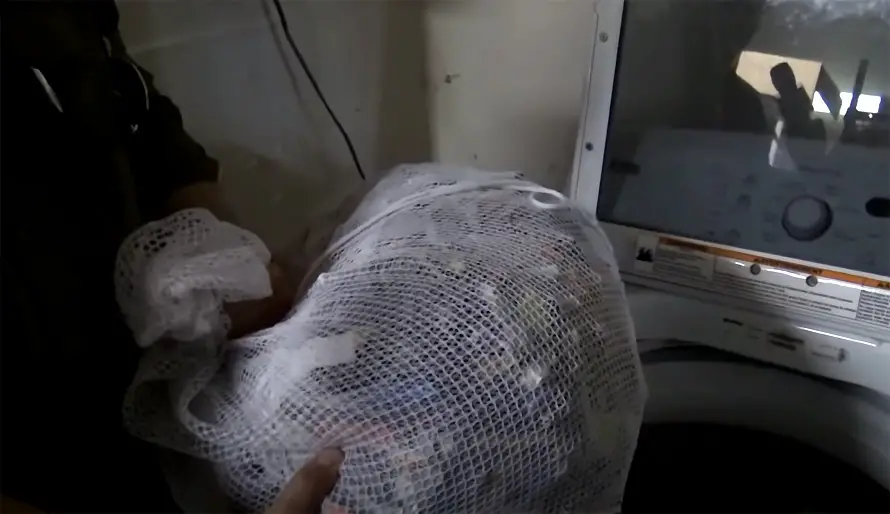
- Separate the pieces
Detach and separate all parts. Set aside the Legos with stickers and patterns, moving parts and electrical parts. These parts must be cleaned with dry and clean the electrical parts with alcoholic wipes. - Put the Legos in laundry bag or pillowcase
Fine bag will prevent the bricks from jamming the machine and minimize the damage to Lego bricks. Still there are chances of scratches. Pillowcase can also be used instead of laundry bag. - Setting of washing machine
Use the gentle setting on your washing machine and cold water only. Higher temperature will melt your Lego bricks. - Addition of mild bleaching agents
Use mild detergents to avoid scratches and moreover the detergents should be eco-friendly. - Drying of Legos
Let the Legos air dry or lay them out on dry towel and leave them in a well-ventilated room. You can use fan to speed up the drying process. but make sure to keep them away from heat as there will be chances of melting.
Method 3: Use hydrogen peroxide to sanitize legos
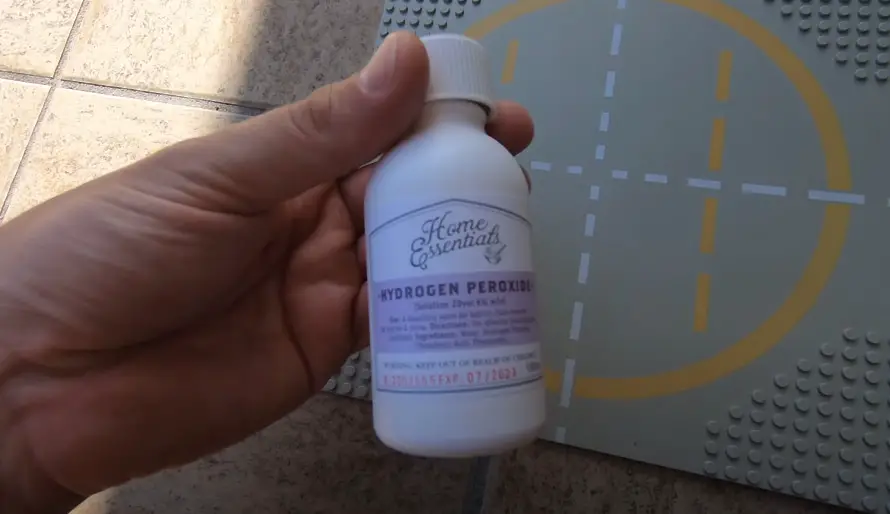
- Restore discolored Lego bricks
Wash the Legos first, washing Legos will reverse the discoloration that occurs due to sun exposure. You can follow any of the method described above for cleaning purpose.
You don’t need to dry them before following instructions. - Put Legos in transparent container
Use glass or plastic container because sun exposure is necessary for this method.
Hydrogen peroxide reacts with U.V light so only sunlight or U.V lamp is used.
Parts with stickers and electricals parts are not used in it. - Cover the Legos with Hydrogen peroxide
Use standard 3 % hydrogen peroxide solution and cover the Legos with it.
Although it is safe for skin but use gloves and glasses for safety. - Stirring
Stir the Legos for an hour. The bubbles will cause the light pieces to float.
If the pieces don’t float it means that the hydrogen peroxide break down into water so you should try with new bottle. - Rinse and dry the Legos
Once the color is restored rinse and dry the Legos, recovery of color may take 4-6 hours depending upon the sunlight and strength of hydrogen peroxide.
Conclusion: Almost all the kids used to play with Legos and they get dirty with the passage of time. They need to be sanitized and disinfected. Proper cleaning is necessary for the good hygiene of your child. Among the methods discussed above in my opinion cleaning and sanitizing with hands is the best method. Cleaning with soapy water or detergent is another good way of disinfecting Legos.
